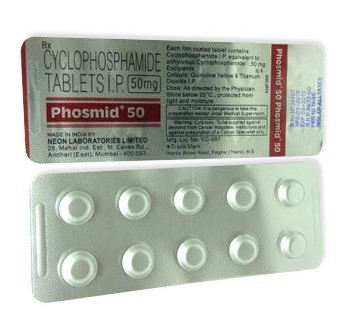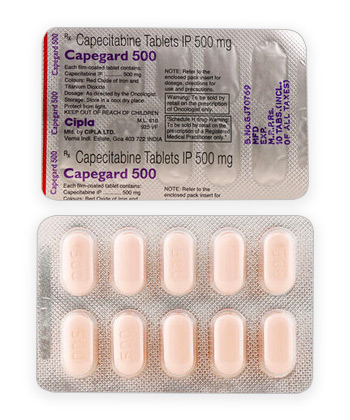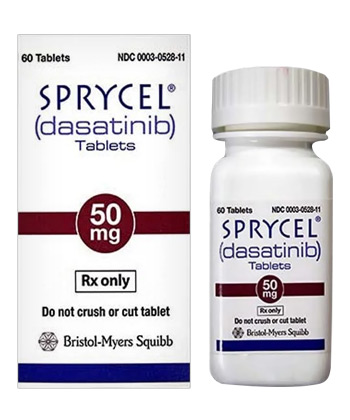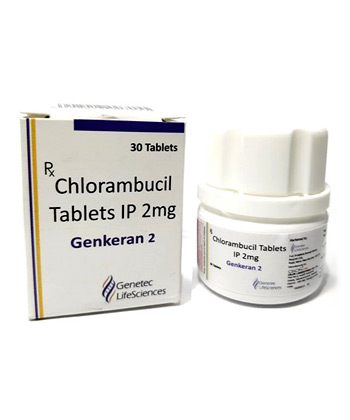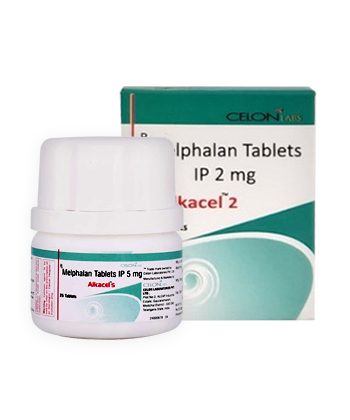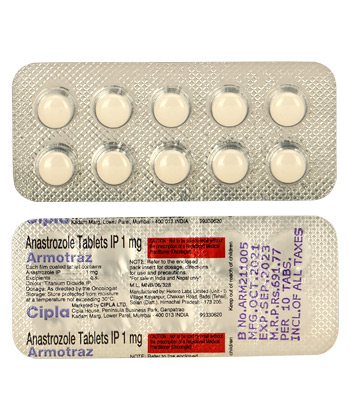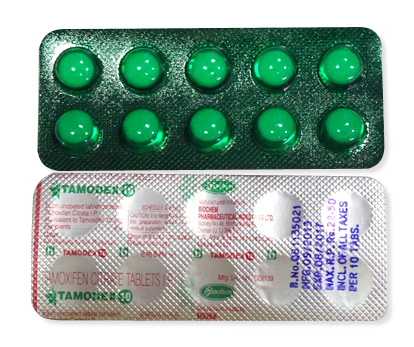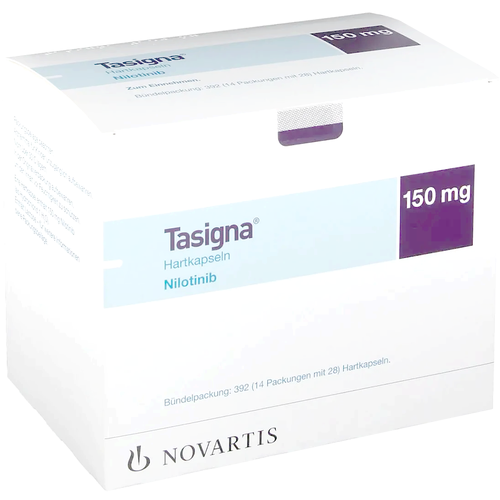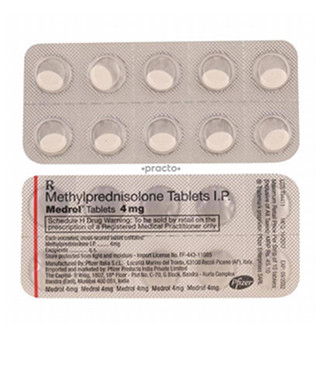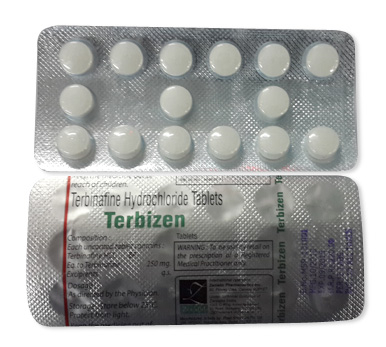Capnat
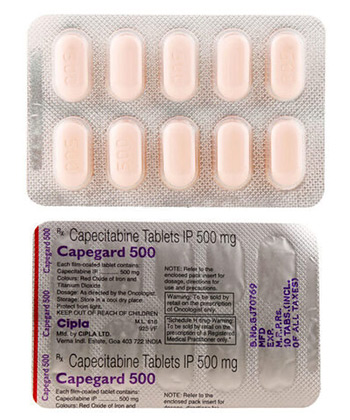
Capnat
- Capnat is available with a valid prescription at pharmacies in India and globally; it requires prescription status with various international brands like Xeloda and generics
- Capnat contains capecitabine and treats metastatic breast cancer and colorectal cancer; it’s an antimetabolite cytostatic chemotherapy that inhibits cancer cell growth by mimicking pyrimidine nucleotides
- Standard dosage is 1250 mg/m² twice daily (2500 mg/m² total daily) for 14 days followed by a 7-day rest period, repeated in 21-day cycles, with dose adjustments for renal impairment
- Administered as an oral tablet (500 mg strength), typically taken twice daily with water within 30 minutes after meals
- Absorption occurs rapidly, with peak blood concentration within 1-3 hours and metabolic activation starting 30-60 minutes after ingestion
- Therapeutic effects accumulate over weeks; active metabolites maintain cytotoxic activity for hours during each dose cycle with sustained anti-tumor impacts through treatment duration
- Avoid alcohol consumption as it may exacerbate gastrointestinal side effects and elevate risks of hepatotoxicity or dehydration during therapy
- Most common side effects include diarrhea, nausea, hand-foot syndrome (palmar-plantar erythrodysesthesia), vomiting, and fatigue
- Would you like to try Capnat without a prescription?
Basic Capnat Information
| Brand | Form | Manufacturer | TGA Status |
|---|---|---|---|
| Capnat | 500mg tablets | Natco Pharma | Special Access Pathway |
Capnat contains capecitabine, a vital oral chemotherapy medication used against specific cancers. In Australia, this cancer treatment comes as 500mg film-coated tablets packed in blister strips of ten tablets. While the original brand Xeloda remains available, affordable generics like Capnat from Indian manufacturer Natco Pharma provide accessible alternatives.
The Therapeutic Goods Administration classifies capecitabine as Schedule 4 prescription medication under ATC Code L01BC06, meaning it's strictly regulated and unavailable over the counter. Approved TGA indications include metastatic breast cancer after other treatments fail and certain colorectal cancers. Special access pathways exist for Capnat since it requires specialist oncology endorsement.
How Capnat Works In Your Body
Capecitabine undergoes a unique conversion process inside tumor cells, transforming into an active anti-cancer compound called 5-fluorouracil or 5-FU. This mechanism tricks cancer cells into absorbing a DNA-disrupting substance that slows tumor growth. Clinical studies show peak blood concentration happens approximately 90 minutes after swallowing, though observable treatment effects typically require multiple chemotherapy cycles.
Key pharmacokinetic factors include predominant kidney excretion with some elimination through breathing. Capecitabine interacts significantly with common medications - blood thinners like warfarin become dangerously potent, while antacids may reduce chemotherapy effectiveness. Complete alcohol avoidance remains critical during chemotherapy due to heightened liver impact. Australian protocol mandates DPD enzyme deficiency blood evaluation before starting treatment - this genetic condition increases severe toxicity risks.
- Food significantly boosts absorption: Take tablets within 30 minutes of eating
- Risk interactions: Phenytoin, warfarin and live vaccines
- Renal impact: Nearly two-thirds eliminated through kidneys
Approved Uses For Capnat In Australia
Australian specialists prescribe Capnat for four primary cancer indications:
First-line metastatic colorectal cancer treatment, post-surgery stage III colon cancer prevention, metastatic breast cancer progression after anthracycline therapy, and breast cancer unresponsive to taxane chemotherapy. Australian guidelines permit supervised off-label use for stomach or pancreatic malignancies with specific oversight requirements.
Significant limitations apply based on health status. Capnat remains dangerous during pregnancy or breastfeeding due to potential fetal harm. Child oncologists rarely prescribe it under eighteen years old due to insufficient safety evidence. The Pharmaceutical Benefits Scheme requires pathology-confirmed cancer diagnoses before subsidizing treatment. Older adults face higher complication probabilities - doctors typically reduce initial doses for those over sixty-five with kidney concerns needing regular monitoring.
Taking And Storing Capnat Correctly
| Condition | Dosage | Schedule | Cycle Length |
|---|---|---|---|
| Breast Cancer | 1250mg twice daily | 14 days on, 7 off | 21 days |
| Colon Cancer | 1250mg twice daily | 14 days on, 7 off | 21 days |
Standard dosing involves weight-adjusted measurements requiring careful medical calculation. Always swallow tablets whole shortly after meals without splitting or crushing. Skip doses occurring more than two hours late instead of doubling up. Safe medication handling requires prevention of chemotherapy tablet exposure - pharmacies must maintain specialized storage and dispensing certification.
Essential adjustments exist for different health scenarios. Significant kidney impairment requires dosage reduction to minimize accumulation effects. Liver inflammation with elevated bilirubin levels indicates possible treatment suspension. Strict temperature controls under 25°C protect chemotherapy integrity using original packing materials designed to prevent medication degradation over time.
Warning Signs: Contraindications and Absolute Precautions for Capnat
Certain conditions make Capnat unsafe to use. Taking Capnat with severe kidney problems (eGFR below 30 mL/min) is dangerous because kidneys can't clear the drug effectively. Dihydropyrimidine dehydrogenase (DPD) deficiency is another absolute stop signal - this genetic condition drastically increases the risk of fatal reactions. Pregnancy and breastfeeding are strictly off-limits due to potential harm to the developing baby.
The Therapeutic Goods Administration enforces a critical black box warning for cardiotoxicity. Pre-existing heart conditions elevate the risk of serious issues like heart attacks or angina. Any chemotherapy involving capecitabine requires cardiac monitoring for high-risk patients. Several medication combinations pose significant threats too:
- Allopurinol (gout treatment): Reduces Capnat's effectiveness against cancer
- Blood thinners like warfarin: Can lead to uncontrolled haemorrhage requiring frequent INR monitoring
DPD deficiency testing is increasingly common in Australia before starting fluoropyrimidine chemotherapy like Capnat. Discussing cardiac risks and all medications with the oncology team remains essential before starting treatment.
Navigating Side Effects and Managing Toxicity
Most patients experience some manageable reactions that can be handled at home. Hand-Foot Syndrome affects up to 60% of users, causing redness, pain, and peeling skin on palms and soles. Regular urea-based moisturisers and avoiding friction or heat help manage this. Diarrhea occurs in over 30% of cases - starting loperamide at the first loose stool is often effective.
Certain severe reactions require urgent hospital care. Febrile neutropenia (fever with low white blood cells) demands immediate dose withholding and medical intervention. Dehydration from vomiting or diarrhea may need intravenous fluids. Toxicity management follows specific protocols:
| Toxicity Grade | Action Required |
|---|---|
| Grade 1 (Mild) | Continue treatment with monitoring |
| Grade 2 (Moderate) | Reduce dose by 25%; resume after improvement |
| Grade 3-4 (Severe) | Stop immediately and hospitalise for toxicity management |
- Early warning signs needing prompt reporting: Mouth ulcers unresponsive to mouthwash, blood in stools, sudden finger swelling or blistering
Many Australian patients keep steroid cream and famotidine (PEPCID) on hand for unexpected rashes. Proactive symptom tracking improves safety during treatment cycles.
Australian Patient Perspectives on Capnat Treatment
Feedback highlights significant advantages and challenges of this oral chemotherapy. Many appreciate the convenience of home-based treatment over repeated clinic infusions. As Jenny, a 52-year-old from Melbourne, shared in Cancer Council forums: "The two-weeks-on, one-week-off dosing gave me flexibility with work, but I practically lived in thick gloves for months due to hand-foot pain."
Drugs.com efficacy ratings average 6/10, with 41% reporting severe side effects requiring medical intervention. Adherence proves difficult for many - 62% discontinue early when not using prescribed anti-nausea premedications. Practical strategies help maintain consistency:
- Setting multiple phone reminders for twice-daily dosing
- Using weekly pill organisers with AM/PM compartments
- Scheduling doses around meals based on oncology team instructions
Community discussions often compare experiences with brand-name Xeloda versus generics like Capnat. Most report similar effectiveness but note packaging differences that affect usage convenience.
Treatment Alternatives and Product Comparisons
Patients have several options for oral fluoropyrimidine therapy in Australia. Pricing and availability vary significantly between brands and pharmacies.
| Product | Dosing Regimen | Monthly PBS Cost | Availability |
|---|---|---|---|
| Capnat (generic) | 2500mg/m²/day | $90/month | Limited (Community Pharmacy Program) |
| Xeloda (brand name) | 2500mg/m²/day | $192/month | Widespread across pharmacies |
Key distinctions guide treatment choices. Capnat offers cost savings but faces occasional supply disruptions requiring special imports. Xeloda features more predictable availability and comprehensive packaging with coordinated blister packs. The Pharmaceutical Benefits Scheme subsidises both, though Department of Veterans' Affairs patients often receive approvals for brand-name prescriptions more readily.
S-1 (containing tegafur) serves as the primary therapeutic alternative for those intolerant to capecitabine. Some oncologists prefer brand-name medications for precise dose consistency between batches. Patients should discuss subsidy eligibility, out-of-pocket differences, and therapeutic equivalence with both their oncology team and dispensing pharmacy.
Market Overview for Capnat in Australia
Capnat, containing the active ingredient capecitabine, is accessible in Australia through specific pathways. This chemotherapy medication is primarily obtained via compounding pharmacies that specialise in chemotherapy drugs. Patients may also access Capnat through private imports using the Special Access Scheme (SAS-B) when it's unavailable domestically.
The cost structure shows Capnat priced at approximately $19.90 per tablet, translating to around $398 for a standard 20-tablet pack. In contrast, the PBS-subsidised Xeloda is dispensed at $31.60 per script ($6.60 concession rate). Packaging maintains strict safety standards using PVC/Aluminium blisters with internal foil seals.
Supply chain dynamics reveal seasonal demand fluctuations, particularly during peak post-surgery periods. Recent COVID-related disruptions continue to affect shipments from India, causing intermittent shortages.
Key distributors include Symbion and ICU Medical Australia, who manage pharmaceutical logistics for cancer therapies nationwide.
Accessibility and Subsidies for Australian Patients
Capnat falls under Australia's Pharmaceutical Benefits Scheme when prescribed for approved uses like colorectal and breast cancers. The PBS covers approximately 85% of costs when prescribed through Oncologist-written authority scripts requiring pre-approval. Medicare extends coverage for TGA-approved cases, while DVA beneficiaries receive full subsidy.
Patient support programs provide financial assistance options:
Australian Support Resources:
- Cancer Council Helpline: 13 11 20
- Pharmaceutical Benefits Scheme Information Line
- Roche CarePath copay assistance for eligible candidates
The Pharmaceutical Reimportation Program enables patients to access generic versions during shortages. Patients are advised to use concessional calculators at community pharmacies like Pharmacy777 to estimate out-of-pocket expenses.
Research Developments and Treatment Trends
Capnat remains central to several Australian cancer research initiatives underway from 2023-2025. The COMBAT trial evaluates combination therapy with lapatinib showing improved survival rates in metastatic breast cancer cases. Emerging protocols focus on reducing gastrointestinal toxicity, particularly benefiting elderly cohorts.
The therapeutic landscape shifted following Roche's patent expiry in 2021, expanding generic alternatives including Natco Pharma's Capnat. Pipeline developments include CoDeliver™ nanoparticle technology targeting tumour cells more precisely while minimising gastrointestinal absorption. Phase 2 trials are ongoing locally.
Australian patient data from ICCR Registry indicates strong adherence rates. Fewer than 5% switch brands due to side effect profiles. Preemptive DPD testing for enzymatic deficiency emerges as standard practice nationally, preventing adverse reactions.
Essential Usage Guidelines for Capnat Treatment
Proper administration requires patients to take Capnat within 30 minutes after meals twice daily. Food enhances absorption while minimising gastrointestinal irritation. Patients must avoid consuming grapefruit or herbal supplements which induce dangerous interactions.
Critical storage protocols:
- Maintain below 25°C at all times
- Sealed in original blister packaging
- Never refrigerate tablets
Absolute precautions include:
- Strict avoidance during breastfeeding (minimum 1 week clearance)
- Wearing chemotherapy gloves when handling tablets
- Using spillage kits if tablets fragment
Adherence requires weekly FBC blood monitoring and urgent reporting of dark urine indicating possible hepatotoxicity. Unused tablets must be returned via pharmacy chemotherapy waste disposal systems. All patients receive the PICMI educational leaflet outlining Australian treatment specifics.

